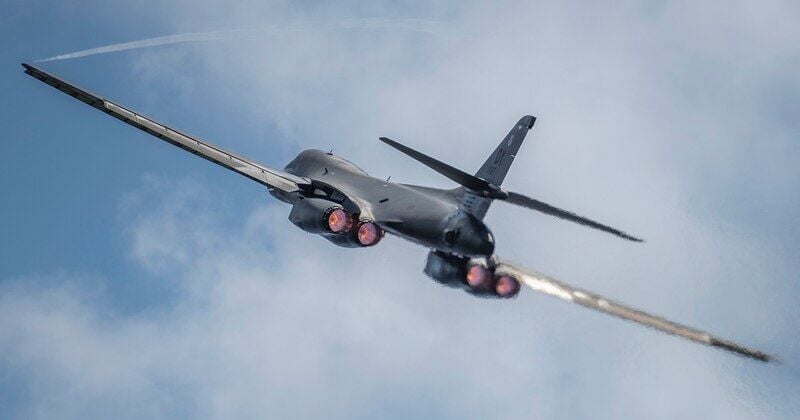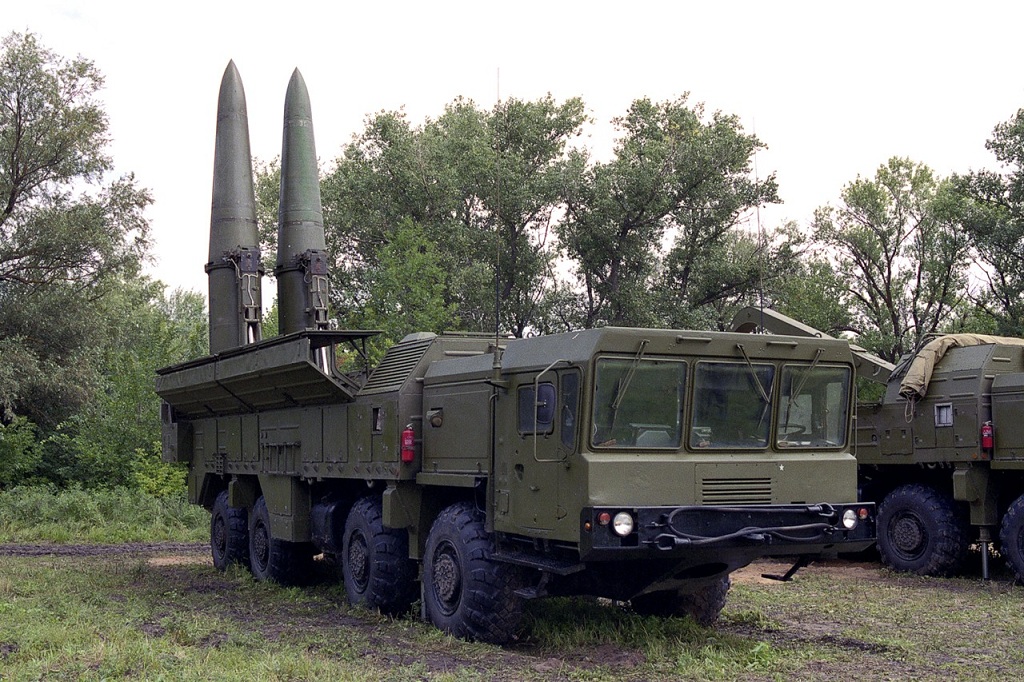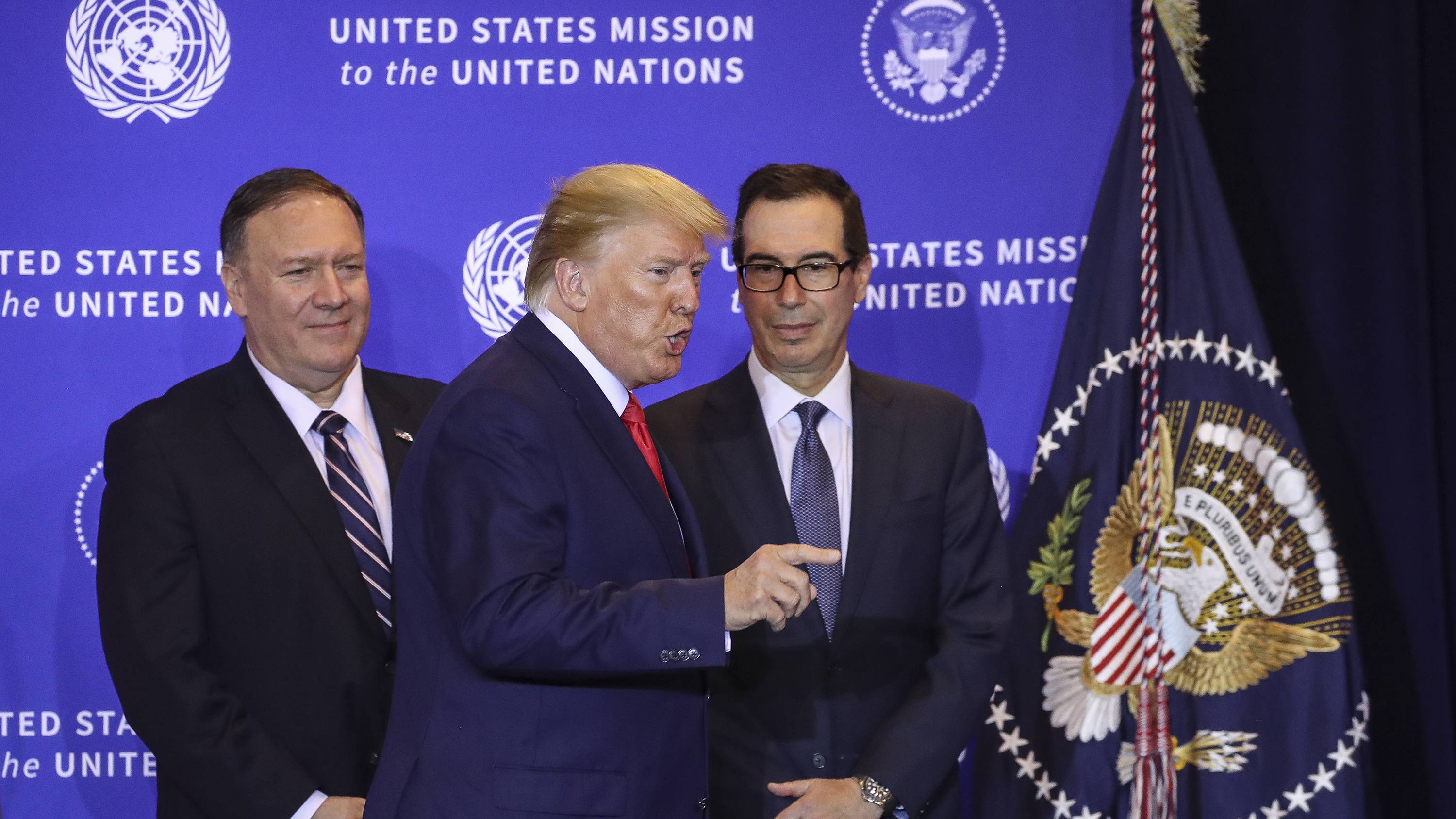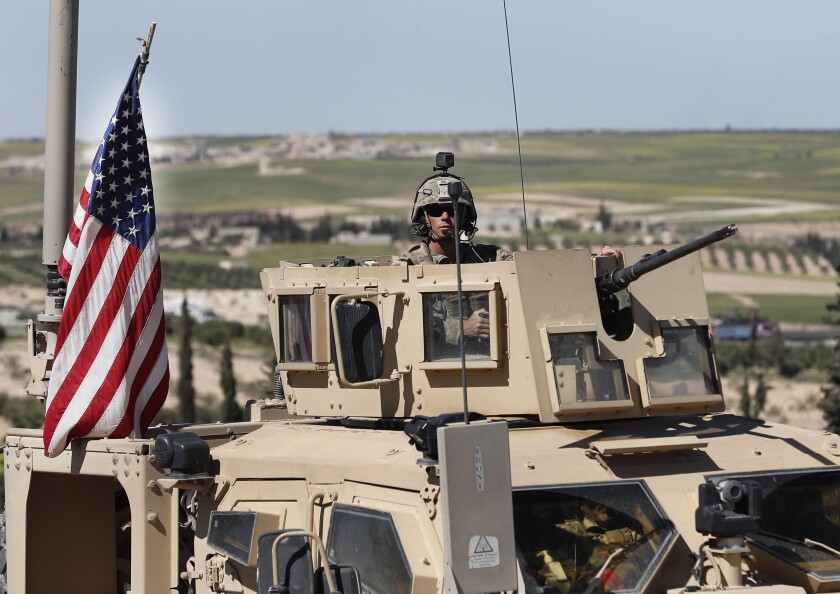By Abhijnan Rej
 Increasingly, nothing seems to agitate the Indian strategic imagination more than the U.S.-Australia-Japan-India “quad.” Every mention of the moniker – and especially by U.S. government officials – is analyzed and, on occasion, amplified by the Indian social as well as traditional media. So, when the South China Morning Post covered a conversation between U.S. Deputy Secretary of State Stephen Biegun and former Ambassador to India Richard Verma yesterday that dwelt on the quad as well as lack of strong multilateral institutions in Asia – like NATO or the EU — many here took notice. As Tanvi Madan noted, a speech that mentions both NATO and the quad was bound to generate strong reactions.
Increasingly, nothing seems to agitate the Indian strategic imagination more than the U.S.-Australia-Japan-India “quad.” Every mention of the moniker – and especially by U.S. government officials – is analyzed and, on occasion, amplified by the Indian social as well as traditional media. So, when the South China Morning Post covered a conversation between U.S. Deputy Secretary of State Stephen Biegun and former Ambassador to India Richard Verma yesterday that dwelt on the quad as well as lack of strong multilateral institutions in Asia – like NATO or the EU — many here took notice. As Tanvi Madan noted, a speech that mentions both NATO and the quad was bound to generate strong reactions.
While Biegun carefully – though at times, a bit confusingly – phrased his statements, the overall impression was clear: the U.S. does see the potential of the quad (possibly with additional members) to evolve into a formal multilateral institution even though it need not focus solely on China. Commenting on the possible evolution of the grouping into something larger, he noted: “… even NATO started with relatively modest expectations and a number of countries chose neutrality over NATO membership in post-World War II Europe.” But even with Narendra Modi — who has enthusiastically partnered with the U.S. – at its helm, India is unlikely to be comfortable with the idea of the quad growing into something that resembles an alliance.
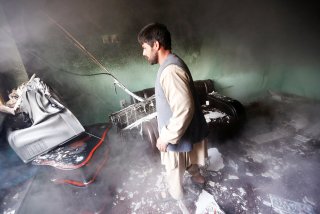
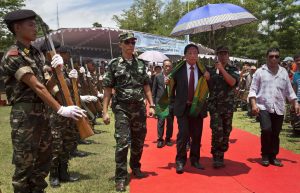
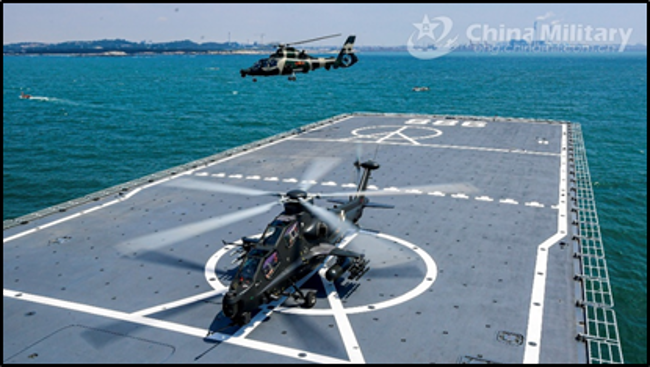 Image: A Z-9 multi-mission helicopter (background) and a WZ-10 attack helicopter (foreground), part of an unidentified aviation brigade subordinate to the PLA 73rd Group Army, conduct landing drills on the flight deck of the PLA Navy amphibious transport dock Yimengshan. The training was held in “an undisclosed sea area” on August 3. (Image source: PRC Ministry of Defense, August 12)
Image: A Z-9 multi-mission helicopter (background) and a WZ-10 attack helicopter (foreground), part of an unidentified aviation brigade subordinate to the PLA 73rd Group Army, conduct landing drills on the flight deck of the PLA Navy amphibious transport dock Yimengshan. The training was held in “an undisclosed sea area” on August 3. (Image source: PRC Ministry of Defense, August 12)